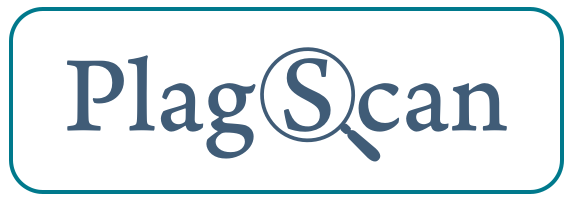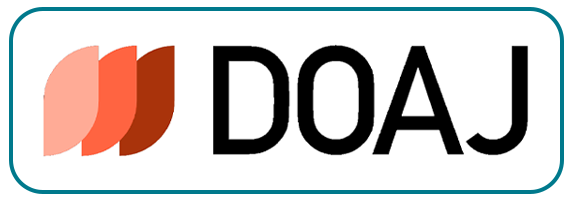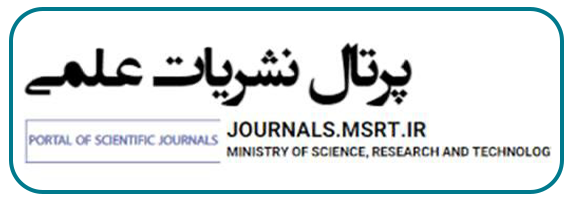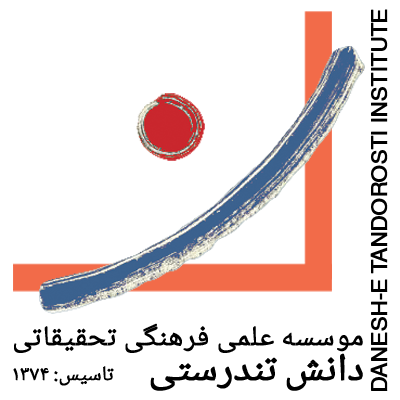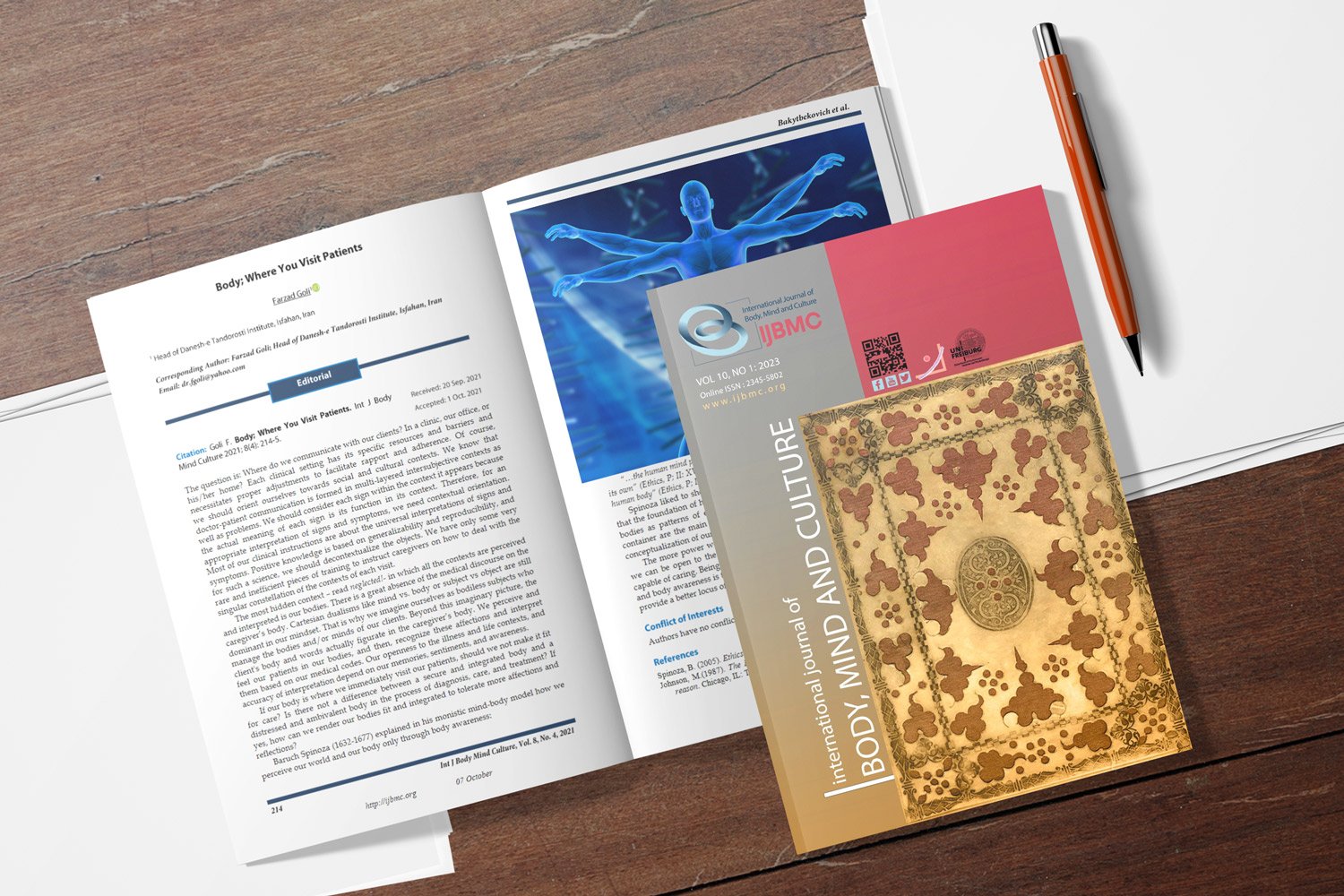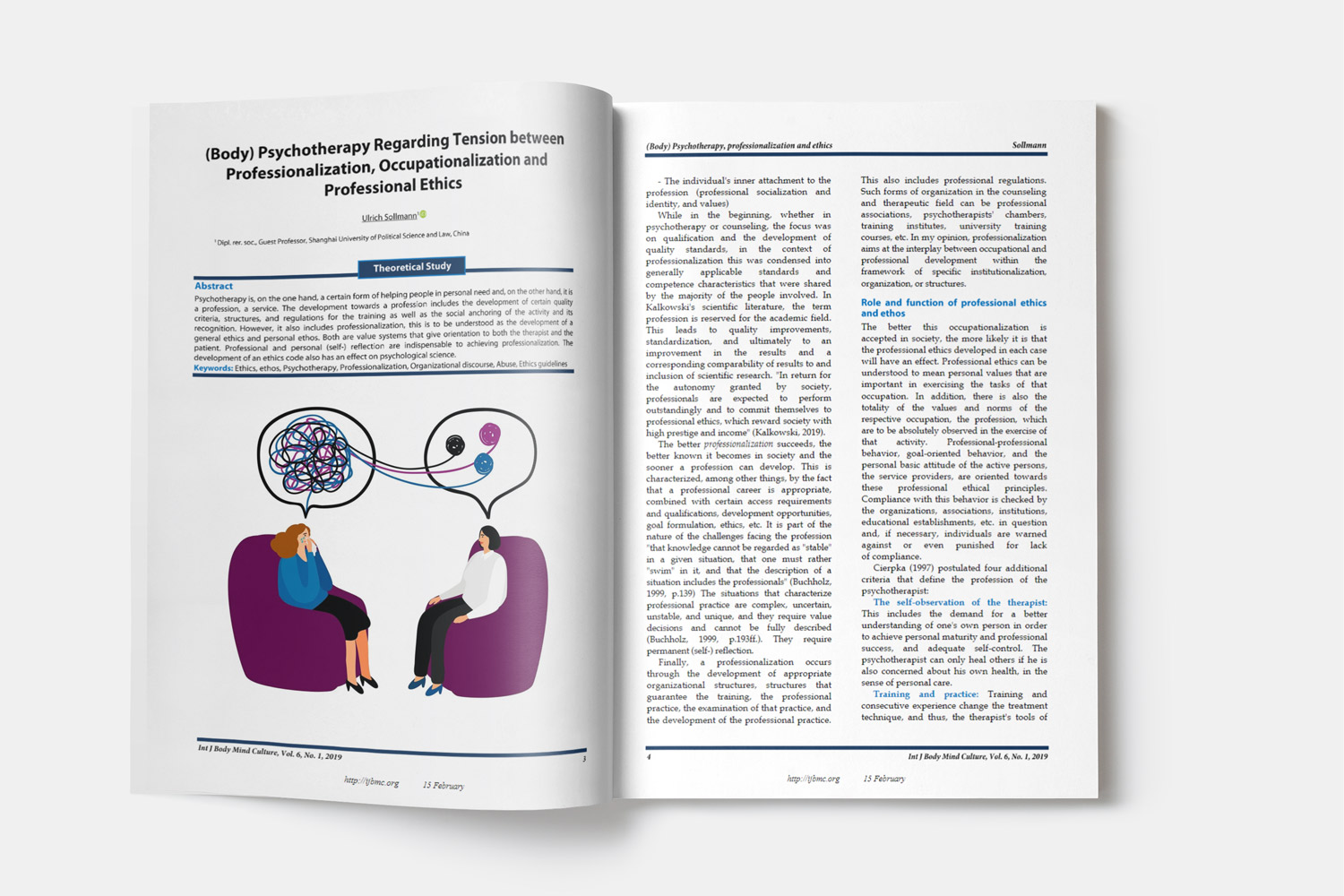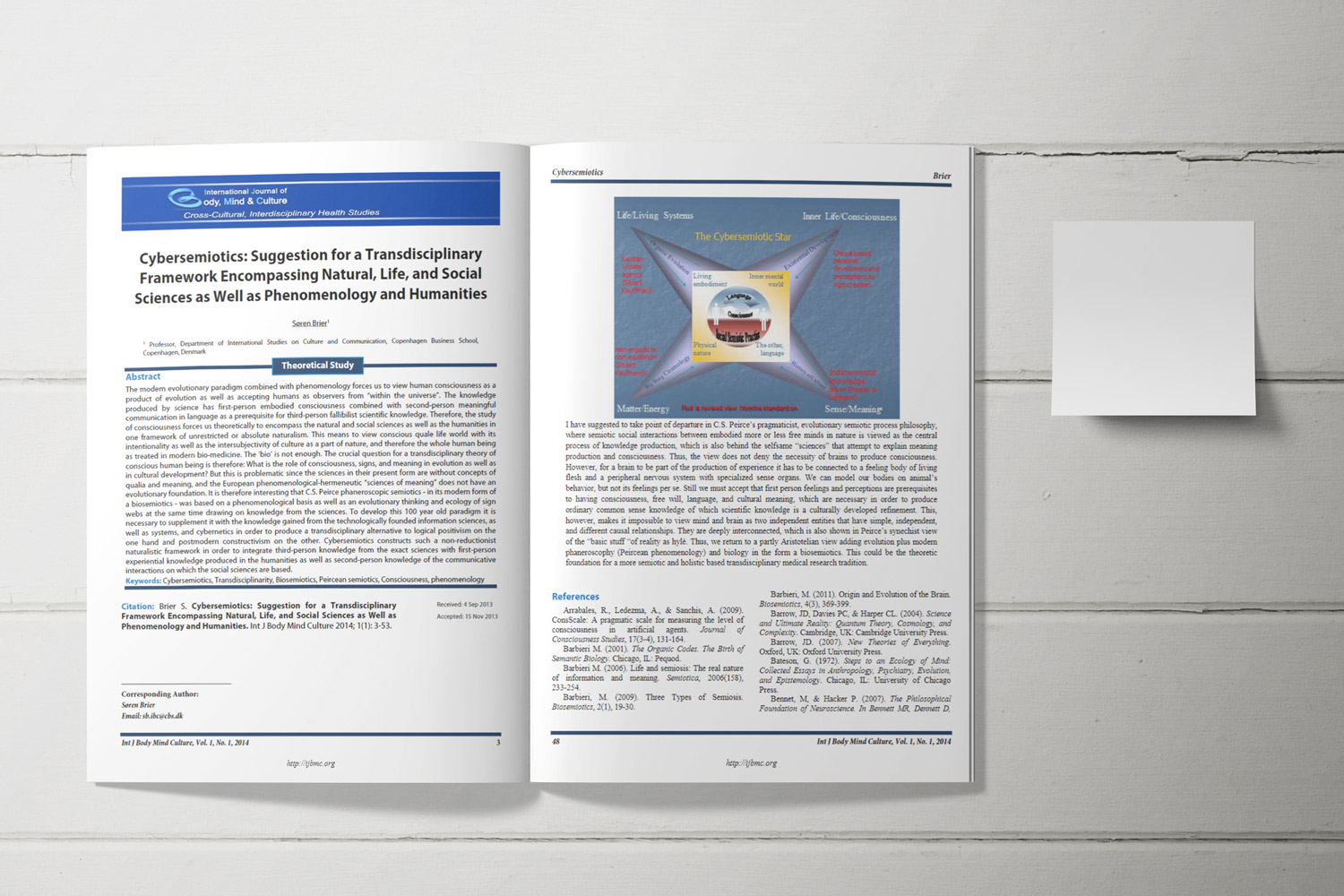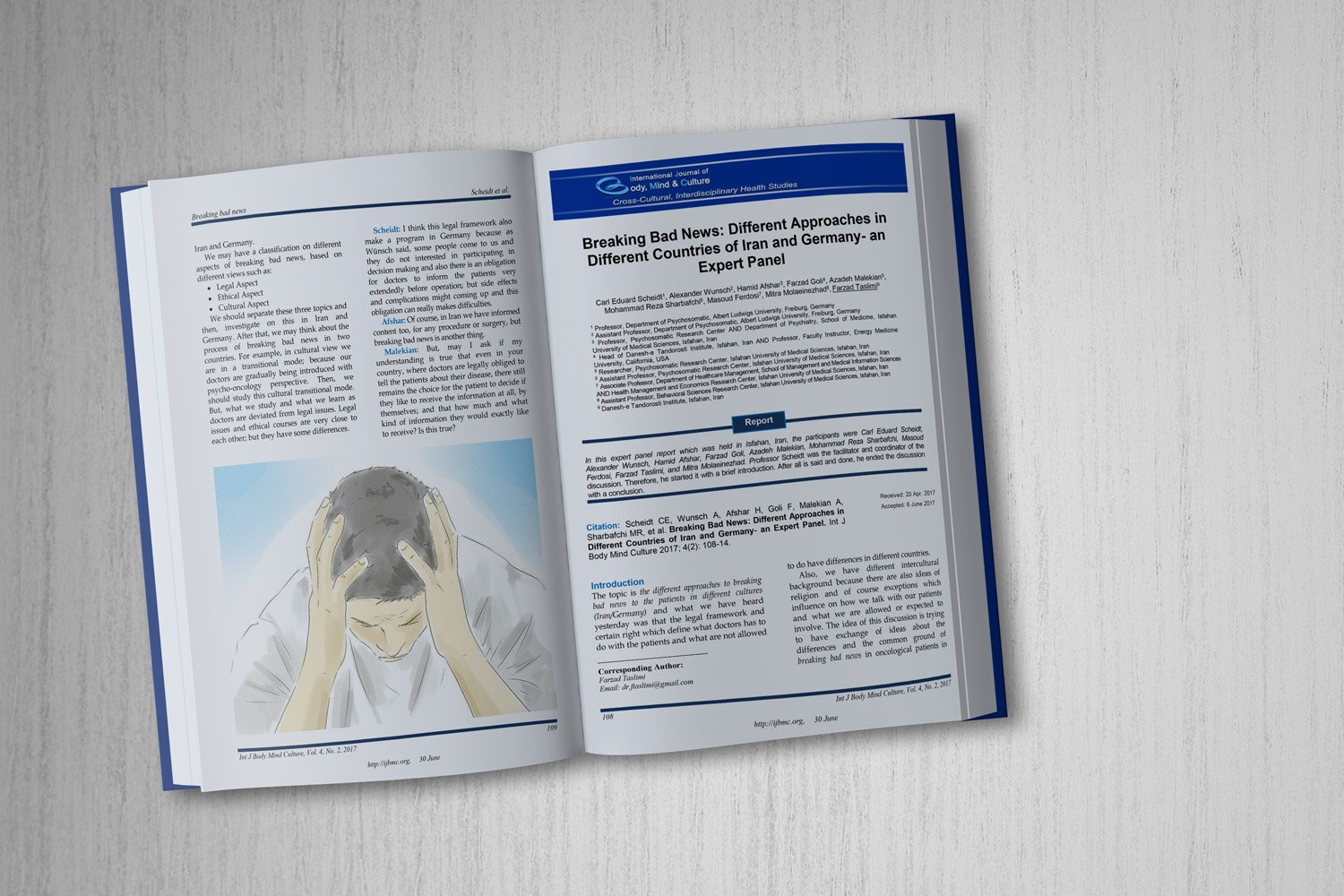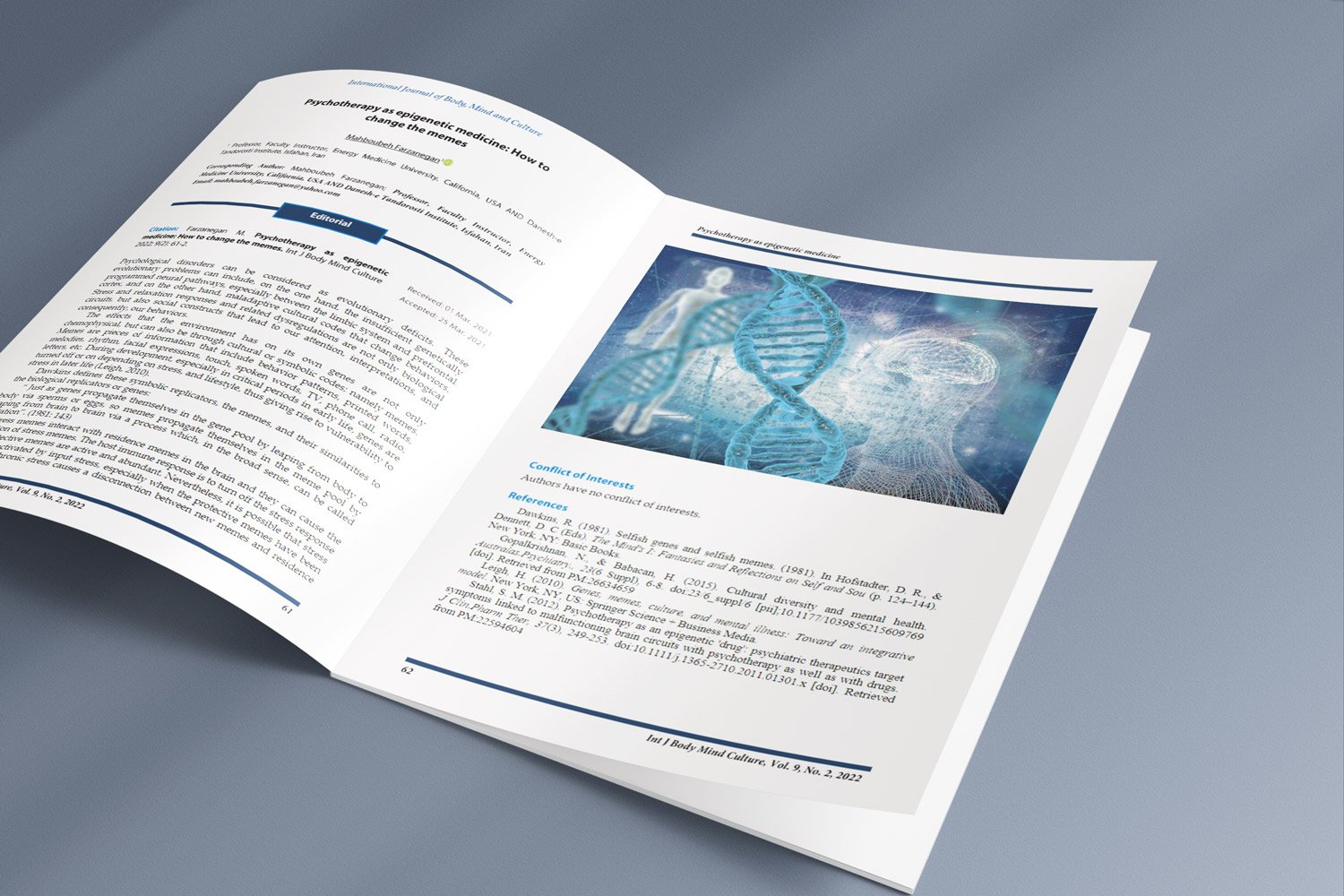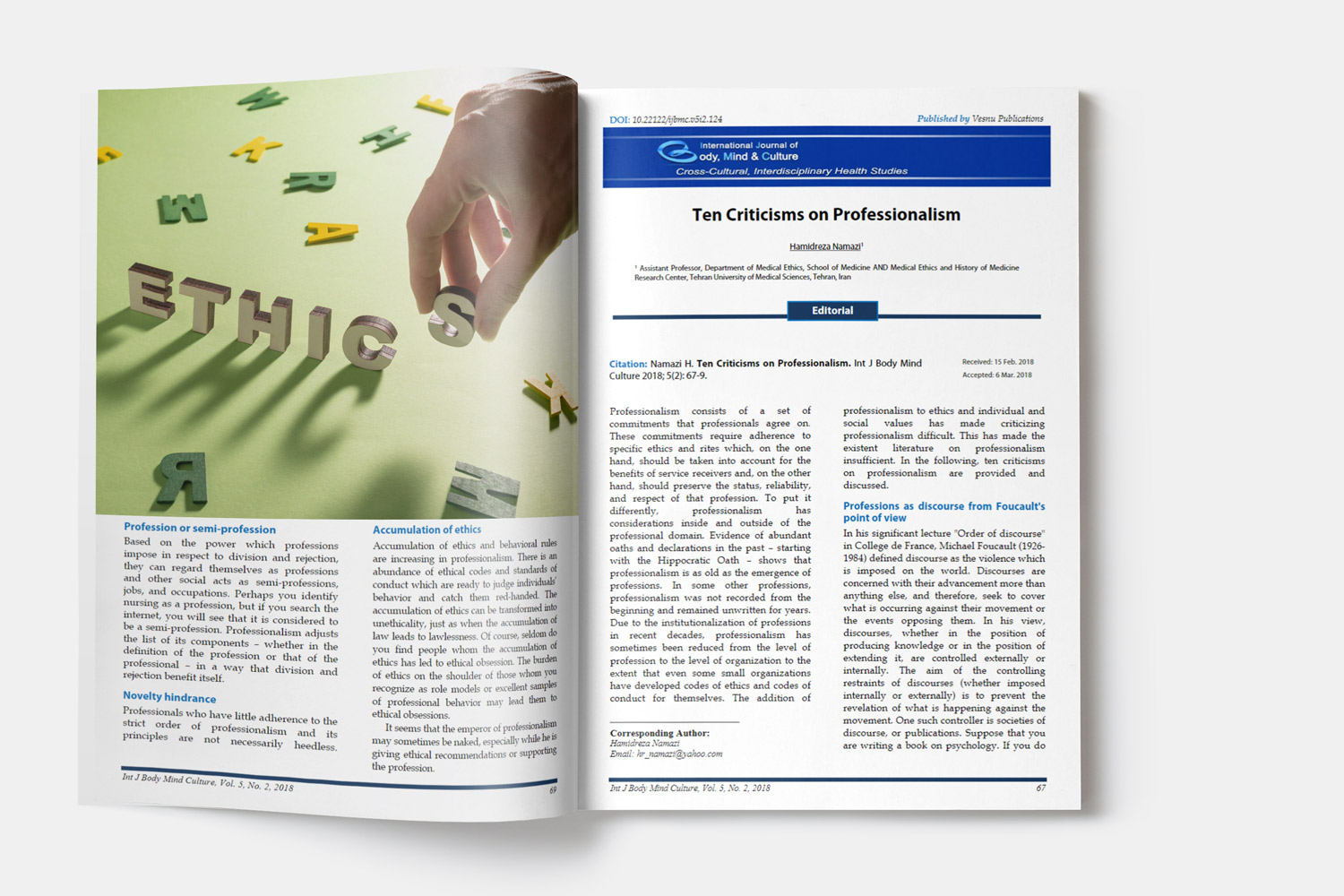Comparing the Effects of Tomatis Sound Therapy, Vestibulo-Cerebellar Training, and Their Combination on Executive Functions in Children with Reading-Specific Learning Disorder
Downloads
Objective: This study aimed to compare the effectiveness of Infinite Tomatis sound therapy, vestibulo-cerebellar skills training, and their combination on executive functions—specifically attention and concentration—in students diagnosed with reading-related specific learning disorder.
Methods and Materials: Using a quasi-experimental pretest-posttest-follow-up design with a control group, 60 children aged 8–12 were selected via convenience sampling and randomly assigned to one of four groups (n=15 each): (1) sound therapy, (2) vestibulo-cerebellar training, (3) combined therapy, and (4) control. Interventions were delivered over multiple sessions, and assessments included the IVA-2, Go/No-Go, and N-Back tests—repeated measures ANOVA was used to analyze changes over time.
Findings: All three intervention groups demonstrated significant improvements in auditory and visual attention from pretest to posttest and follow-up (p < .001). The combined intervention group showed significantly greater gains compared to single-method groups and the control group. No adverse effects were reported.
Conclusion: Multimodal interventions combining auditory and vestibular stimulation may offer superior benefits for enhancing executive functions in children with reading-specific learning disorders. These findings support the integration of multisensory approaches into educational and therapeutic programs. Future studies should explore long-term outcomes and larger, more diverse samples.
Downloads
Abedi Kouhpaei, M. (2011). The Effect of Tomatis Sound Therapy on Reducing Symptoms of Children with Autism Spectrum Disorders. Master's Thesis, Islamic Azad University, Central Tehran Branch. https://www.sciencedirect.com
Abedi, S., & Esteki, M. (2017). The Effectiveness of Vestibular Skills Training on Problem-Solving Skills in Students with Math Difficulties. Conference on Clinical Child and Adolescent Psychology, Shahid Beheshti University. https://www.researchgate.net
Bonthuys, A., Botha, K., Stols, A., Brbić, I., & Tomić, L. (2017). Prospective conceptual model of Tomatis® method effects on students' self-regulation. An integrative review of the effectiveness of the Tomatis method in children with autism spectrum disorder. Journal of Psychology in Africa, 27(5), 427-432. https://doi.org/10.1080/14330237.2017.1375200
Bulut, S., Bukhori, B., & Parsakia, K. (2024). Enhancing Selective Attention in Children with Learning Disorders: Efficacy of Executive Functions Training. KMAN Counseling & Psychology Nexus, 1(2), 86-93. https://doi.org/10.61838/kman.psychnexus.1.2.14
Chiu, E. C., & Li, C. P. (2017). A Sound-Based Intervention for Children with Sensory Processing. https://doi.org/10.4172/Neuropsychiatry.1000276
Cortés Pascual, A., Moyano Muñoz, N., & Quilez Robres, A. (2019). The relationship between executive Functions and academic performance in primary education: Review and meta-analysis. Frontiers in psychology, 10(1582), 1-18DO - 10.3389/fpsyg . 2019.01582. https://www.frontiersin.org/
El-Tellawy, M. M., Ahmad, A. R., Saad, K., Alruwaili, T. A., AbdelMoneim, I. M., Shaaban, I., & Khalaf, S. M. (2022). Effect of hyperbaric oxygen therapy and Tomatis sound therapy in children with autism spectrum disorder. Progress in Neuro-Psychopharmacology and Biological Psychiatry, 113, 110457. https://doi.org/10.1016/j.pnpbp.2021.110457
Fairleigh, D., & Noame, W. E. (2014). Diagnostic utility of executive function assessment for adults with learning disorders in reading and mathematics. University AAT 3uv., 202, 138. https://search.proquest.com
Finn, E. S., Shen, X., Holahan, J. M., Scheinost, D., Lacadie, C., Papademetris, X., Shaywitz, S. E., Shaywitz, B. A., & Constable, R. T. (2014). Disruption of functional networks in dyslexia: a whole-brain, data-driven analysis of connectivity. Biological Psychiatry, 76, 397-404. https://doi.org/10.1016/j.biopsych.2013.08.031
Gilmor, T. (1999). The efficacy of the Tomatis method for children with learning and communication disorders: A meta-analysis. International Journal of Listening, 13(1), 12-23. https://doi.org/10.1080/10904018.1999.10499024
Gori, S., & Facoetti, A. (2014). Perceptual learning as a possible new approach for remediation and prevention of developmental dyslexia. Vision research, 99, 78-87. https://doi.org/10.1016/j.visres.2013.11.011
Hemmati, A., Ahmadi, V., & Mami, S. (2022). Investigating the Mediating Role of Executive Functions Between Fine Motor Skills and Reading Skills in Students with Reading Disorders. https://exceptionaleducation.ir/article-1-2492-en.html
Luna, R. E. (2024). What is a learning disorder? American Psychiatric Association. https://www.psychiatry.org/patients-families/specific-learning-disorder/what-is-specific-learning-disorder
Materazzini, M., Melis, A., Zingoni, A., Baldacci, D., Calabrò, G., & Taborri, J. (2024). What are the needs of people with learning disorders for inclusive museums? Design of OLOS®-an- an innovative audio-visual technology. Appl. Sci, 14, 711. https://doi.org/10.3390/app14093711
Peterson, R. L., & Pennington, B. F. (2012). Developmental dyslexia. The lancet, 379(9830), 1997-2007. https://doi.org/10.1016/S0140-6736(12)60198-6
Rahmani, N., & Estaki, M. A. U. N. B. (2019). The Effectiveness of Sound Therapy by Tomatis Method on Executive Functions in Dyslexic Students in Academic Years 2018-19 in Tehran. Journal of Paramedical Sciences & Rehabilitation, 8(3), 34-44. https://jpsr.mums.ac.ir/article_14093.html?lang=en
Rahmani, N., Esteki, M., & Beheshti, N. (2019). The Effectiveness of Tomatis Sound Therapy on Reading and Motor Skills in Students with Reading Problems. https://www.researchgate.net
Rickson, D., & Warren, P. (2018). Music for All: Including young people with intellectual disability in a university environment. Journal of Intellectual Disabilities, 22(3), 279-293. https://doi.org/10.1177/1744629517701860
Snowling, M. J., Nash, H. M., Gooch, D. C., Hayiou‐Thomas, M. E., Hulme, C., Wellcome, L., & Reading Project, T. (2019). Developmental outcomes for children at high risk of dyslexia and children with developmental language disorder. Child development, 90(5), e548-e564. https://doi.org/10.1111/cdev.13216
Tabrizi, N., & Tabrizi, M. (2022). Treatment of Reading Disorders. Fararavan Publications. https://www.pediatric.theclinics.com
Tiengsomboon, U., & Luvira, V. (2024). Family support for children with Learning disorders to attain good academic performance: A qualitative study. Malaysian Family Physician: the Official Journal of the Academy of Family Physicians of Malaysia, 19, 25. https://doi.org/10.51866/oa.529
Vervoort, J., De Voigt, M. J. A., & Van den Bergh, W. (2008). The improvement of severe psychomotor and neurological dysfunctions treated with the Tomatis audio-psycho-phonology method was measured with EEG brain map and auditory evoked potentials. Journal of Neurotherapy, 11(4), 37-49. https://doi.org/10.1080/10874200802169621
Wang, Y., & Ji, H. (2025). Hot and cool executive function in the development of behavioral problems in grade school. Development and Psychopathology, 37(2), 645-655. https://doi.org/10.1017/S0954579424000415
Yang, L., Li, C., Li, X., Zhai, M., An, Q., Zhang, Y., & Weng, X. (2022). Prevalence of developmental dyslexia in primary school children: A systematic review and meta-analysis. Brain Sciences, 12(2), 240. https://doi.org/10.3390/brainsci12020240
Copyright (c) 2025 International Journal of Body, Mind and Culture

This work is licensed under a Creative Commons Attribution-NonCommercial 4.0 International License.


